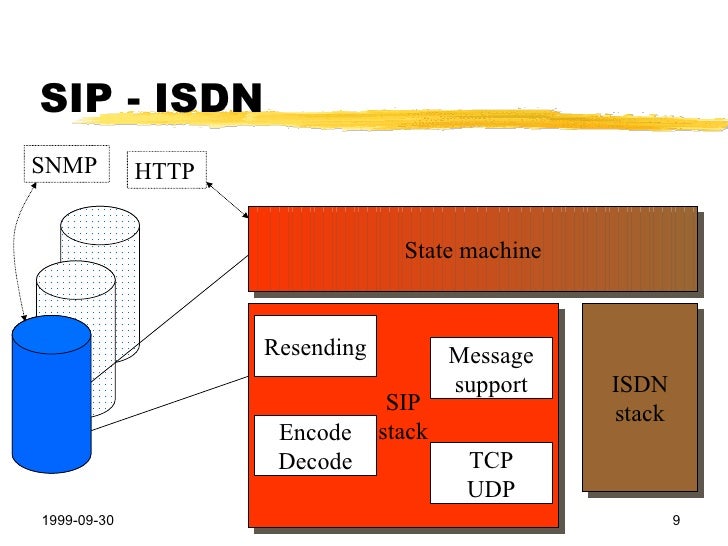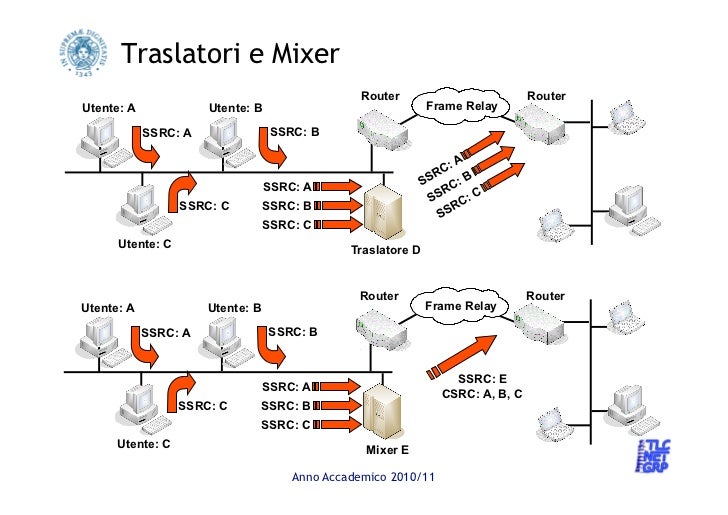
- #Cip sip meaning manual
- #Cip sip meaning full
- #Cip sip meaning portable
In addition, Alfa Laval can engineer a custom CIP solution to meet your specific requirements, such as a very large heat exchanger installation or hazardous areas that require explosion-proof equipment.
Sterilizing vapors have been used for the in-situ (situated in the original place) sterilization of the same types of process equipment as those treated with sterilizing gases.When fouling occurs, an Alfa Laval CIP system enables quick and easy in-line cleaning of heat exchangers and high-speed separators without dismantling your equipment. This process is similar to those using superheated water except the lethal modality is chemical rather than thermal. Liquid chemical sterilization is best suitable for liquid-handling systems and can be used only for fully wetted surfaces. Sterilization-In-Place (SIP) as Gas-phase has been used for non- and low-pressure-rated process equipment, such as pre-freezers, freeze dryers, process vessels, and other equipment. These systems use HEPA filters to provide the air supply for sterilizing. For SIP of spray dryers and the material collection systems connected to them, dry heat has been employed. Elimination of residual water following to the sterilization phase is recommended. This method has the capability to sterilize vessels, filters, and other moistened components at a similar time. Systems used for Water for Injection (WFI) and Purified Water could be sterilized by use of superheated water (water that is being heated above its boiling point and pressurized to maintain it as a liquid phase) circulating through the system. 3, 4 This approach is frequently utilised for big systems such as bioreactors, sterile bulk manufacturing, storage tanks and distribution lines. The provision for air removal, condensate discharge, and steam removal post-dwell are among the crucial factors. Most installations employ gravity displacement cycles that were initially created for steam sterilisers (the size and complexity of many systems preclude the use of pre-vacuum cycles). The most used technique for SIP of big systems is saturated steam. Sterilization-In-Place (SIP) Methods: Moist Heat: Any of the physical techniques listed below-moist heat, dry heat, gas, liquid, or vapour (explained below)-can be used to carry out the SIP process. #Cip sip meaning portable
Once disinfected in this way, mobile process equipment (such as portable tanks, storage vessels, and other equipment) may be moved.SIP is designed to decrease post-sterilization handling, including that required to make aseptic connections, to a minimum or eliminate it altogether.The term “sterilization-in-place” (SIP) refers to the in-situ sterilization of a system or piece of processing machinery.No Vessel Entry – Workers don’t have to go into tanks to clean.CIP decreases worker chemical interaction by containing cleaning solutions within the system.Through CIP and monitoring sensors, contamination hazards are reduced.By automating cleaning, CIP reduces the likelihood of human error, which might result in a product that is dangerous.There are numerous methods for recovering water and reducing the amount of solutions utilised.Īs CIP systems are intended to integrate with processing equipment, they deliver a number of advantages to processing operations.Final water rinse, to remove CIP solutions.
 Sterile circulation, to terminate residual organisms and. Intermediate water rinse, to eliminate detergent. Detergent circulation, to eliminate debris and scale. Water pre-rinse, to eliminate gross material. Kirkland explains the usage of a computer-generated spray ball for open equipment that is specific to the vessel. Open or closed equipment can both be cleaned.
Sterile circulation, to terminate residual organisms and. Intermediate water rinse, to eliminate detergent. Detergent circulation, to eliminate debris and scale. Water pre-rinse, to eliminate gross material. Kirkland explains the usage of a computer-generated spray ball for open equipment that is specific to the vessel. Open or closed equipment can both be cleaned. 
They can be controlled manually or automatically using a set of instructions.CIP systems are available as mobile systems that can be utilized on many units as well as systems devoted to specific units.Particularly minimised are the risks associated with vessel entry and slick terrain.
#Cip sip meaning manual
They reduce manual labour and the associated safety and health issues. By cleaning more quickly, they reduce downtime, produce less effluent, and sometimes are less expensive. 
 CIP systems provide with a lot of benefits. Accounts are provided by Kirkland (1986) and Hyde (1985). Cleaning in place (CIP), which uses detergents, is a technique that is increasingly widely used in the food and pharmaceutical industries.
CIP systems provide with a lot of benefits. Accounts are provided by Kirkland (1986) and Hyde (1985). Cleaning in place (CIP), which uses detergents, is a technique that is increasingly widely used in the food and pharmaceutical industries. #Cip sip meaning full
What is difference between Clean-In-Place (CIP) and Sterilization-In-Place (SIP) Systems ?ĬIP and SIP full form: Clean-In-Place (CIP) and Sterilization-In-Place (SIP) Systems respectively.








 0 kommentar(er)
0 kommentar(er)
